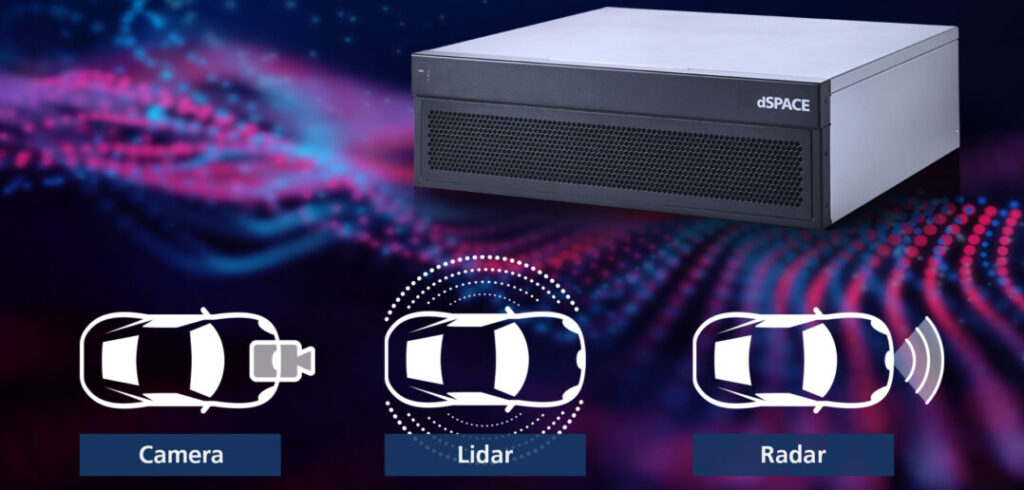To keep up with the demand that testing and validating self-driving cars puts on the performance of simulation solutions, dSpace has supplemented its own simulation platform for realistic sensor simulation with the Sensor Simulation (SensorSim) PC HPP.
To enable the validation of ADAS and AD functions, it is vital that realistic simulation of the vehicle environment and the physical sensor characteristics can be achieved to enable successful development.
Benefitting from the latest Intel XEON Gold processors and the option to equip the systems with up to two Nvidia graphics cards, the SensorSim PC HPP delivers a greater level of power, increased scalability and efficiency for the fast and precise calculation of physics-based models of radar, lidar and camera sensors. The dual-GPU operation and high computational performance of the SensorSim PC HPP enable significantly more compact multisensor test setups to be implemented compared to previously available systems.
dSpace’s SensorSim PC HPP enables deterministic real-time sensor simulation with realistic mapping accuracy and high resolution and was developed for professional high-load testing according to automotive reliability standards. The output of the simulation – in 3D point cloud, target lists or RAW data format – can be used for data feed into both hardware-in-the-loop (HIL) and software-in-the-loop (SIL) test applications.
Additionally, the latest SensorSim PC HPP is fully compatible with other components in the company’s ADAS/AD tool chain and can be combined with dSpace HIL or SIL simulation platforms such as Scalexio or VEOS.


